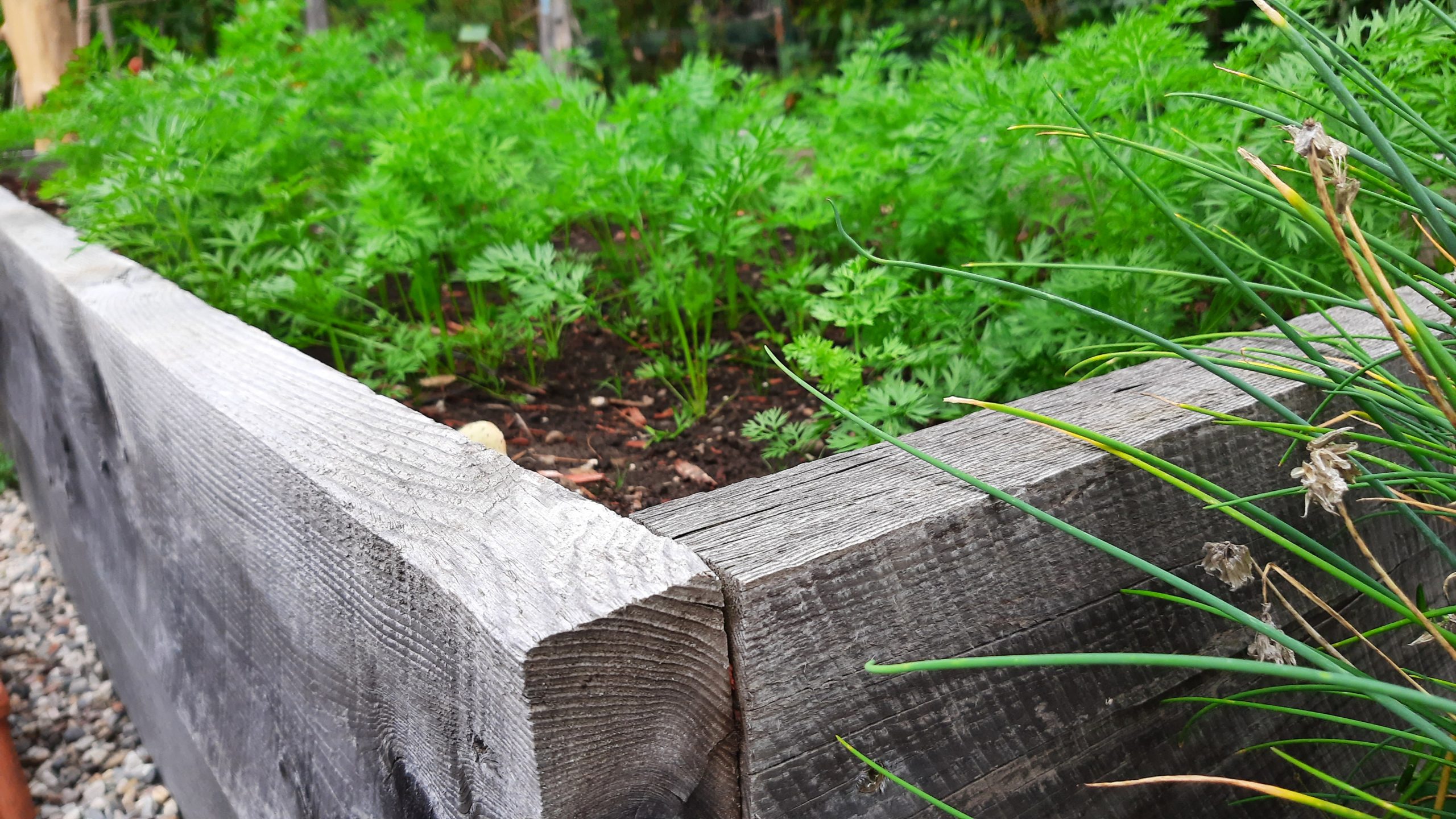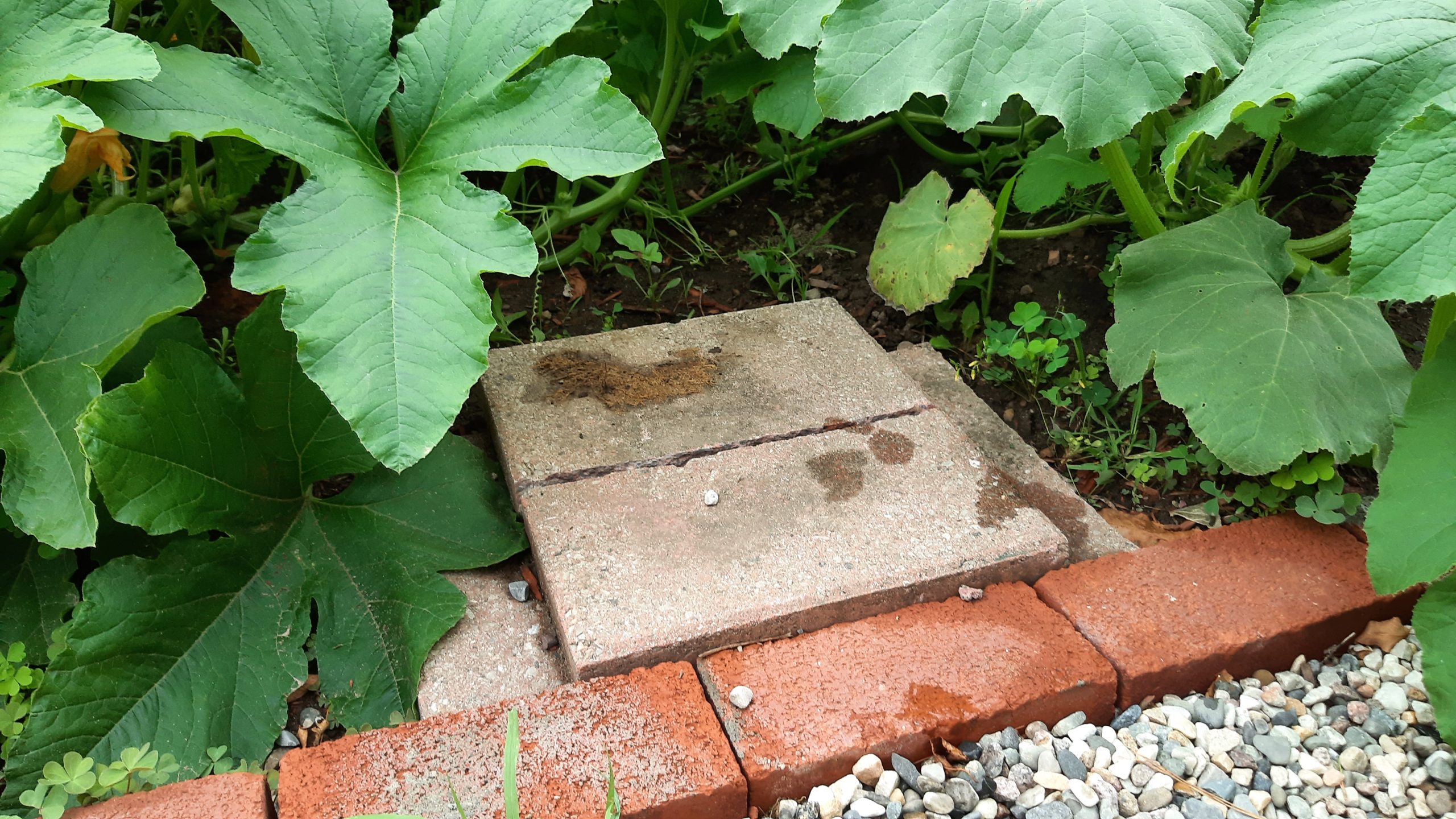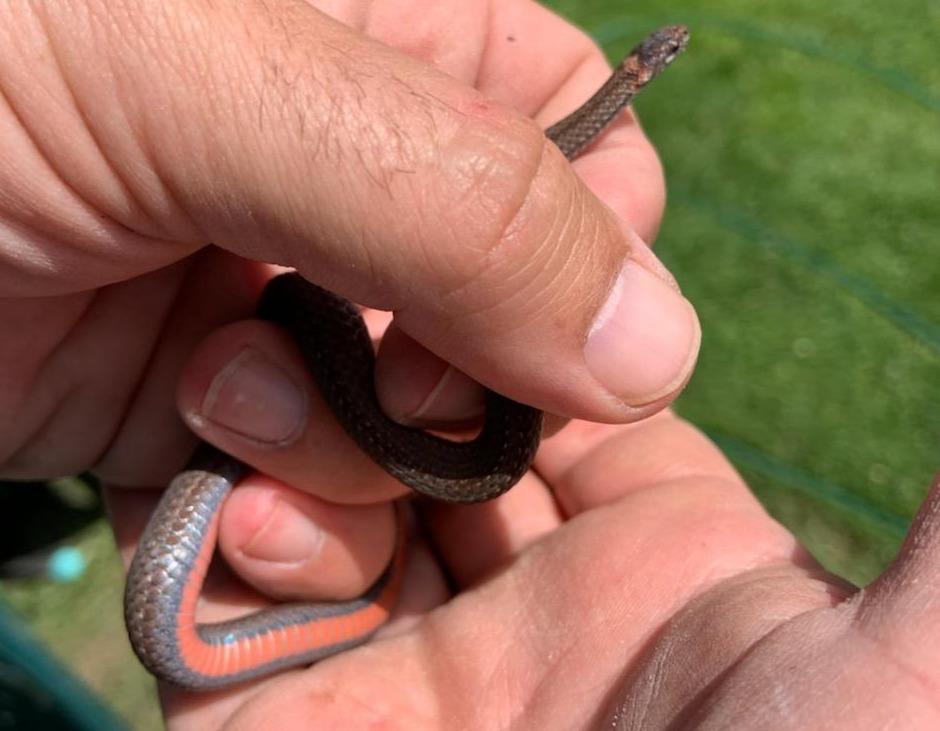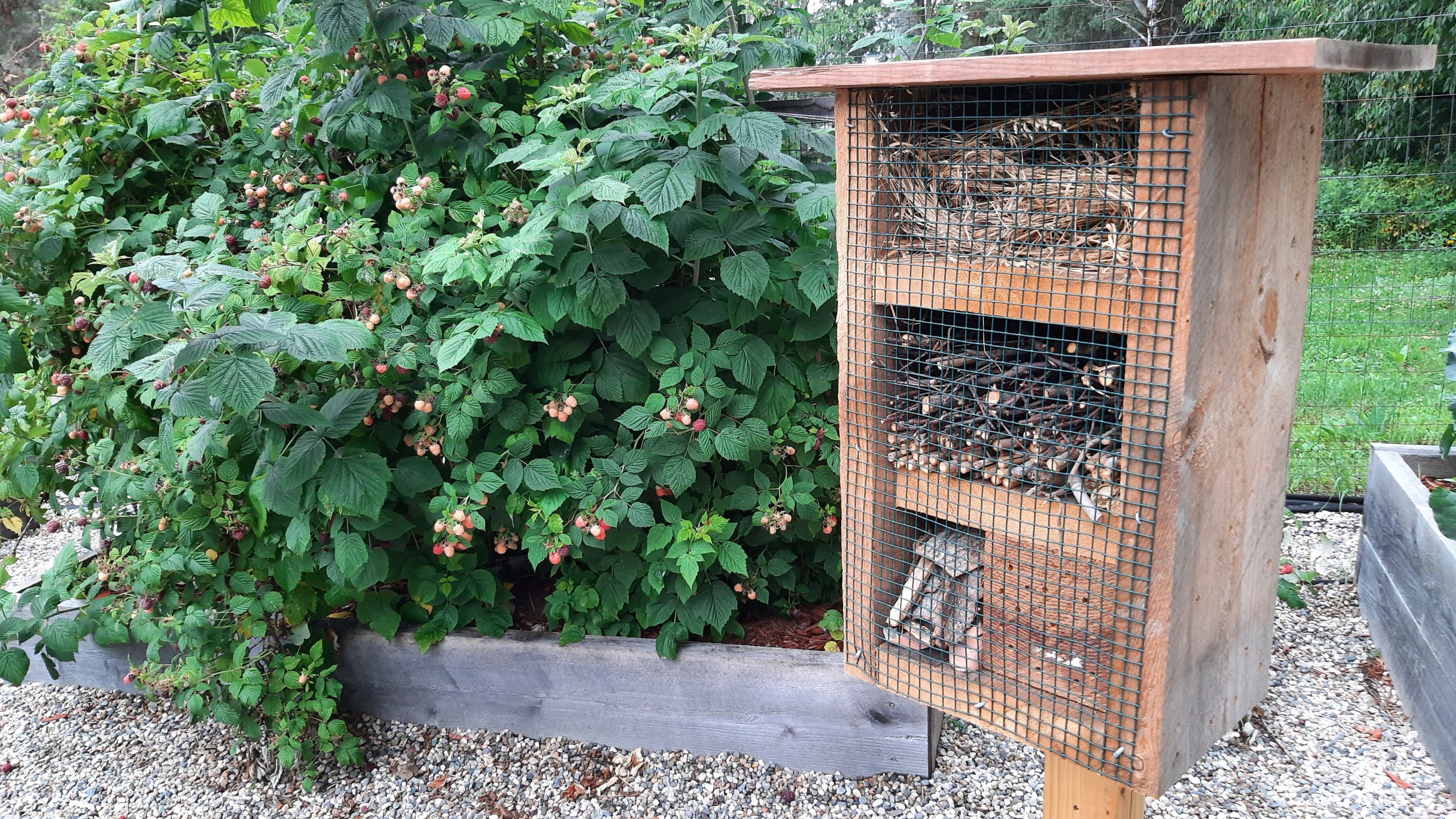By Justin Levine – Adirondack Council Communications Associate
Thursday, April 20, 2023
The growing season here in the Adirondacks is short but often bountiful. And while we may have to work to keep some pests out of the garden, such as deer and rabbits, my wife and I still work hard to make sure our garden is as nature-friendly as possible.
When we bought our house seven years ago, one of the first things we decided to do was improve the already existing garden. In the years since, we have built 11 raised garden beds, and every summer we get to enjoy strawberries, raspberries, cucumbers, peas and beans, lettuce, and all sorts of other delicious goodness.
Once in a while, we look out the window and see a robin or bluejay enjoying those fruits as well. And despite the occasional loss to various birds, bugs, insects, and animals, we have four ways to limit loss while still maintaining a garden that does no harm to the area in and around it.
No “-cides”
My wife, Audrey, spends countless hours each summer in the garden with a piece of duct tape wrapped around her hand, sticky side out, to get the eggs and larva of insects that want to eat the broccoli. Our 5-year-old loves examining both sides of the leaves to squish the little worms, and the 3-year-old is just happy to be part of the team. But despite these tribulations, we don’t ever use insecticides, pesticides, or fungicides of any kind. Not only do we not want to eat food with pesticides on it, but those chemicals hurt local, beneficial insects and organisms as well.
Locally Sourced

We also make sure that any natural materials in our garden are from the local area. The hemlock that the raised beds are made out of came from a lumber mill less than 4 miles from our house. The topsoil, sand, and pebbles are from 7 miles away. Our plant starts that we buy in the spring come from growers in Saranac Lake. And we keep seeds every fall so that we can be as self-sufficient as possible, at least in this one regard. Buying local not only supports our community and neighbors, but also ensures that we don’t introduce new invasive species to the area.
Wildlife Friendly

Our yard is wildlife friendly, with regular visits by deer, fox, raccoons, and skunks, and more than a dozen bird species (as well as an annoying but generally harmless groundhog) call the yard home. However, that doesn’t mean we want the deer or rabbits to eat our entire garden in a night. While the garden is fenced in to protect against the larger animals, we’re more than happy to have garter and northern red-bellied snakes living in there, as well as frogs and toads. We provide them with some little shelters to stay safe in, and in return, they eat the rodents and insects that may otherwise get a bellyful of our hard-worked-for food.

Good Bugs Welcome

A lot of time and effort goes into protecting the plants from harmful insects, but we also encourage beneficial insects as well. Last summer, the kids and I built a “bug hotel” and put it in the garden, and we’re more than happy to see flies, bees, wasps, butterflies, and even hummingbirds flit from plant to plant. By not using insecticides or pesticides, the native pollinators are safe and sound and can reproduce so that next year their offspring can provide the same beneficial services to the garden.
Regardless of where you live or how much room you have for a garden – from a large, fenced-in one to a couple of containers in the window – these are some of the actions you can take to help our native species while still ensuring a productive harvest.

Justin Levine joined the Council staff in 2021 as the Communications and Outreach Assistant. He previously worked as a regional marketing manager for the Regional Office of Sustainable Tourism and was an award-winning journalist and photographer for the Adirondack Daily Enterprise and Lake Placid News. Since graduating from Paul Smith’s College in 2004, Justin has worked in the environmental field in various roles in both the Adirondacks and Florida. When not working, Justin loves spending time with his family, running, and doing all the outdoor things the Park has to offer.

